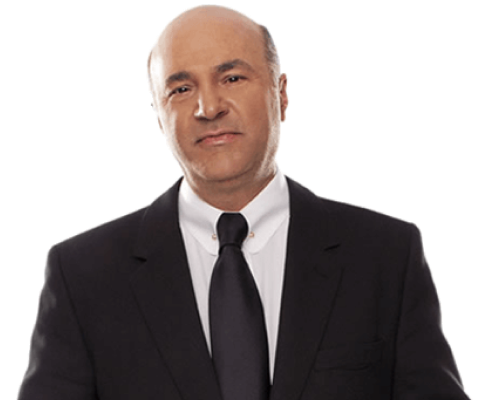How Are Trademarks Different from Copyright?
NARRATOR: Cheryl runs a consulting company, Smart Mouse Consulting. She has developed a logo for her brand.
BUSINESSMAN [to Cheryl]: Thank you, your tips were extremely helpful. By the way, I really like your logo. Have you considered protecting it?
CHERYL: Protecting it how?
BUSINESSMAN: Why don't you call the helpful people at the Trademark Factory? They'll be able to help! I just finished reading the book by the owner of the firm. It's called, The Ultimate Insider's Guide to Intellectual Property, and it covers many areas of IP, including trademarks and copyright.
CHERYL: Mmmmmmmmmmm OK.
CHERYL: I would like to trademark the copyright on my logo.
TRADEMARK FACTORY: Can't do that. The thing is [interrupted by Cheryl]
CHERYL: I thought you can help with copyright and trademarks?!
TRADEMARK FACTORY: We can, but these are two separate areas of protection, even though they may occasionally overlap. Let me explain in plain English.
CHERYL: Yes, I'd really like to understand the difference between the two.
TRADEMARK FACTORY: I'm simplifying this a little bit, but generally, the only area where copyright and trademarks overlap are logos and other design marks.
CHERYL: Why is that?
TRADEMARK FACTORY: Copyright does not protect separate words and short phrases. So you can't claim copyright protection over the names of your products and services or over your taglines.
CHERYL: I see
TRADEMARK FACTORY: But copyright can and does protect original images.
CHERYL: So what's the difference?
TRADEMARK FACTORY: Copyright protects the images THEMSELVES against unauthorized copying and distribution, while trademarks protect the association between the image and particular products and services that you offer using these images.
CHERYL: So copyright is stronger?
TRADEMARK FACTORY: It depends. Not all images can be protected with copyright. If the image is not truly original, which is often the case with simple geometrical shapes, it may be difficult to claim copyright protection over them.
TRADEMARK FACTORY: Also, copyright only protects the image itself, not the idea behind it. So in your case, copyright would protect your logo with this particular mouse, but it would not allow you to stop others from using images of other rodents on their logos.
CHERYL: What about trademarks?
TRADEMARK FACTORY: The trademark will allow you to prevent others from using any images that may cause confusion in your customers' minds as to whether their products and services are in fact yours. In other words, a trademark would allow you to prevent other consultants from using images of all mice (even if they use a different image) in connection with consulting services.
CHERYL: Are there other things I should know about?
TRADEMARK FACTORY: Copyright arises automatically by the mere fact of the work being created and lasts 50 or 70 years after the death of the last surviving co-author of the work.
TRADEMARK FACTORY: Authors may demand that you indicate their name when you use their works
TRADEMARK FACTORY: and authors may also prevent you from altering the image.
CHERYL: And trademarks?
TRADEMARK FACTORY: Trademark protection arises through the use or registration of the trademark. Unregistered trademarks are protected in the geographical area where enough people know that you are using the design AS YOUR TRADEMARK. Such protection lasts as long as you keep using the design as your trademark. Registered trademarks protect you throughout the country where the trademark is registered for as long as you keep renewing the trademark registration.
CHERYL: I get it.
TRADEMARK FACTORY: Which brings me to an important concern. You can't trademark an image the copyright in which is owned by someone else.
CHERYL: Please explain.
TRADEMARK FACTORY: Did you design the logo yourself?
CHERYL: Well, I had the photograph done for me, and then I added the words SMART MOUSE CONSULTING myself.
TRADEMARK FACTORY: Do you have a written agreement with the photographer that states that you own the copyright in the photograph?
CHERYL: No, but I paid him!
TRADEMARK FACTORY: It's not enough. The photographer still owns the copyright in the photograph and can prevent you from registering and using the logo as your trademark.
CHERYL: What should I do?
TRADEMARK FACTORY: You should call your photographer and ask him if he would agree to sign a one-page agreement under which he would assign to you the copyright in the photograph that he made for you.
CHERYL: And where would I find this agreement?
TRADEMARK FACTORY: On our website. Just follow this link:
CHERYL: Thank you.
CHERYL: Ed, remember you did the photo of the mouse for me?
ED: Yes.
CHERYL: Do you mind confirming in writing that I own the copyright in it?
ED: Sure!
CHERYL: Thanks, I will send you the form to sign.












